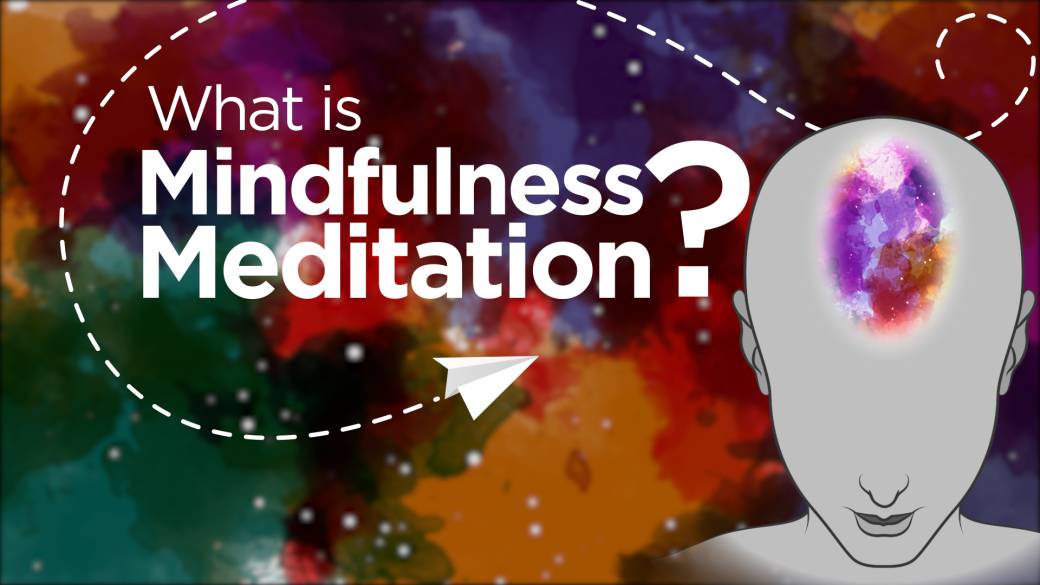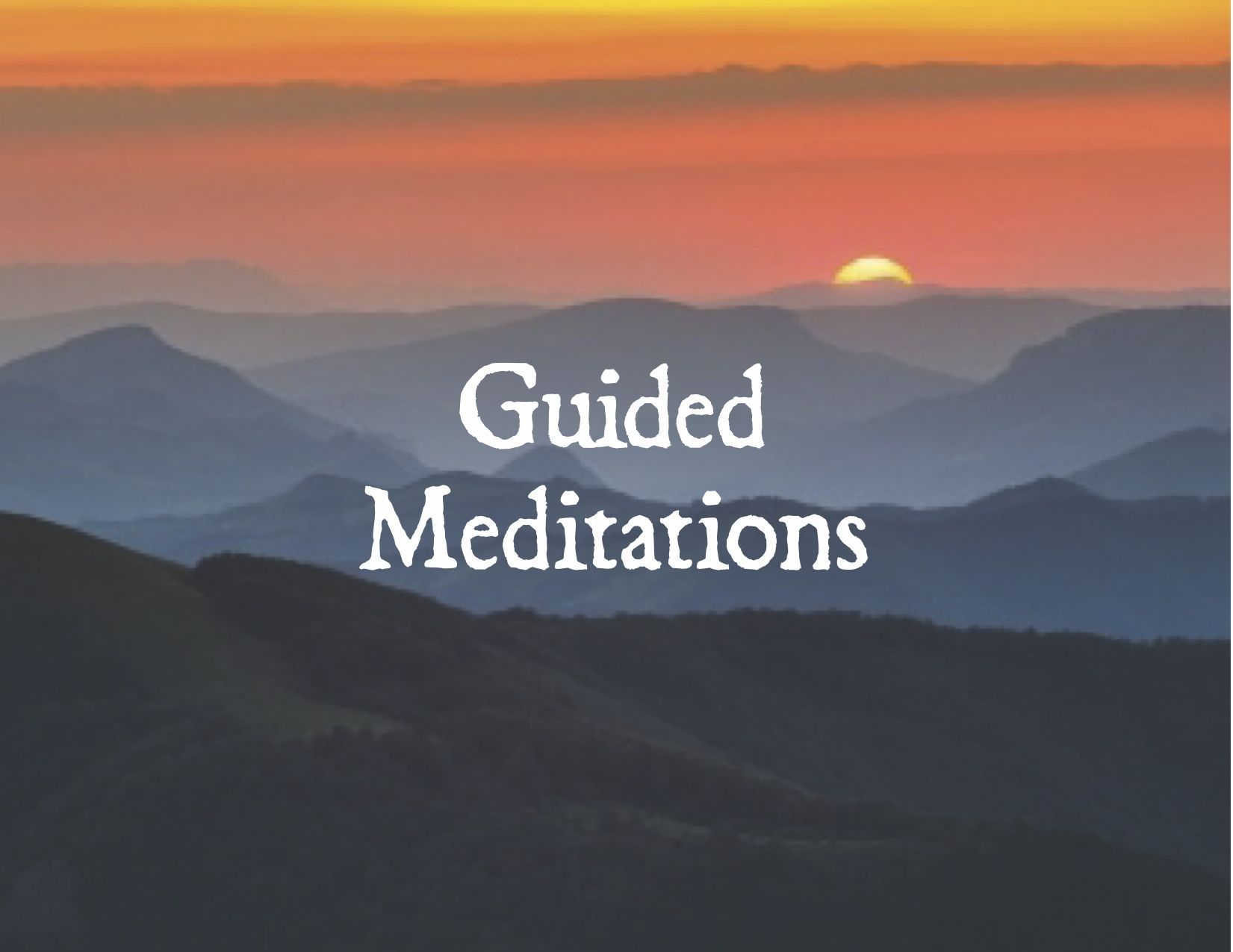We live in an increasingly destructive era. This age is full of temptations, information, and noises that it became so challenging for many of us to pause and pay attention to what truly matters.
Not very long ago, I started believing in the philosophy that says that we become what we pay attention to and that has the most important that we can give to those we love is the quality of our mind. Throughout most of my life, I was a slave to my whims, cravings, and emotions. While jumping from one high to the other, I lost valuable people and opportunities. I failed to listen and appreciate. My trivial obsessions consumed me.
But this cycle was finally over, or at least, I became able to notice it.
You want to know the secret!
Well! the secret is a practice known as mindfulness meditation.

Mindfulness!!! meditation!!
Though everything that has the word meditation look the same, those practices are quite distinct. The difference lies in the difference between "Sanata" and "Sati" which mean attention and mindfulness in the same order.
Sanata or attention indicates concentration on a spotlight within a large field. It also means rapture, bliss, and pleasure. However, Sati or mindfulness is the ability to recall one's priorities, in other words, it is the awareness of what someone is paying attention to.

The benefits of mindfulness:
functional changes:
- Gaining a new perspective on stressful events.
- Building stress management skills.
- Increasing self-awareness.
- Increasing the ability to focus for longer spans.
- Reducing negative emotions.
- Increasing patience, empathy, and tolerance.
- Improve mental clarity
physical changes:
- Increase the gray matter in the brain.
- Boosts cognitive functions.
- lowers blood pressure.
- reduce heart risks.
- Improves immunity.
The stages of mindfulness:
As you may have noticed from the definitions, attention is a part of meditation. Perhaps this is what makes mindfulness practice a whole new level of mental clarity.
Ordinary meditation (dualistic): is the deliberate and effortful practice of attention. It is the primary stage. Every newbie needs to go through it because for someone to have the capacity to evoke what has a real personal value, It is essential to be able to concentrate.
(You have remarked that I've repeated some words multiple times. The reason is that I don't want to confuse different concepts).
PS: the concentration that I have indicated, is not colored by grasping. It is merely observing and accepting.
Mindfulness / Natural awareness: is the spontaneous and effortless practice. It is more of a state of mind than a method. This stage is marked by the realization that the self is just a drop in the ocean of our awareness. Boundless awareness is our true nature, and the self is another illusion.
In mindfulness,
- Everything is simply happening.
- everything arises on its own ( thoughts, intentions, emotions, ...etc)
- You are being aware of the thoughts that are trying to distract you.
- You are aware of the focal point
- You are conscious of sounds, sensations, lights, and shadows in your visual-field.

How do we practice mindfulness:
The first two instructions are where dualistic meditation end.
- Sit comfortably and become aware of the sensation of breathing wherever it is most apparent (it can be the tip of the nose, the rising and falling of your chest or abdomen)
- every time you get distracted, simply make a mental note (thinking/ feeling). Then gently come back the sensation of breathing. (Don't judge your experience because judgment is just another thought)
- become aware of the sensation of your body (tingling, pressure, temperature). (just feel and observe these sensations without trying to grasp or identify their place because shape is just another idea. "We do not feel the shape of our hands. We imagine that we do").
- If you get distracted by a thought or emotion we give a mental note (thinking/feeling) and come back to the sensation of breathing. (the point here is not having a mind that is empty of distractions. however, it is being able to notice when we are taken by thought)
- Now become aware of the sounds that are arising around you. (don't try to identify the sounds just notice how they don't last. they come and go and we can hear them effortlessly).
- Notice how there isn't a center rather your awareness is the broad space where sounds are appearing.
- Notice how you can't hold on to a sound for longer than it lasts.
Bibliography:
Waking up application.


